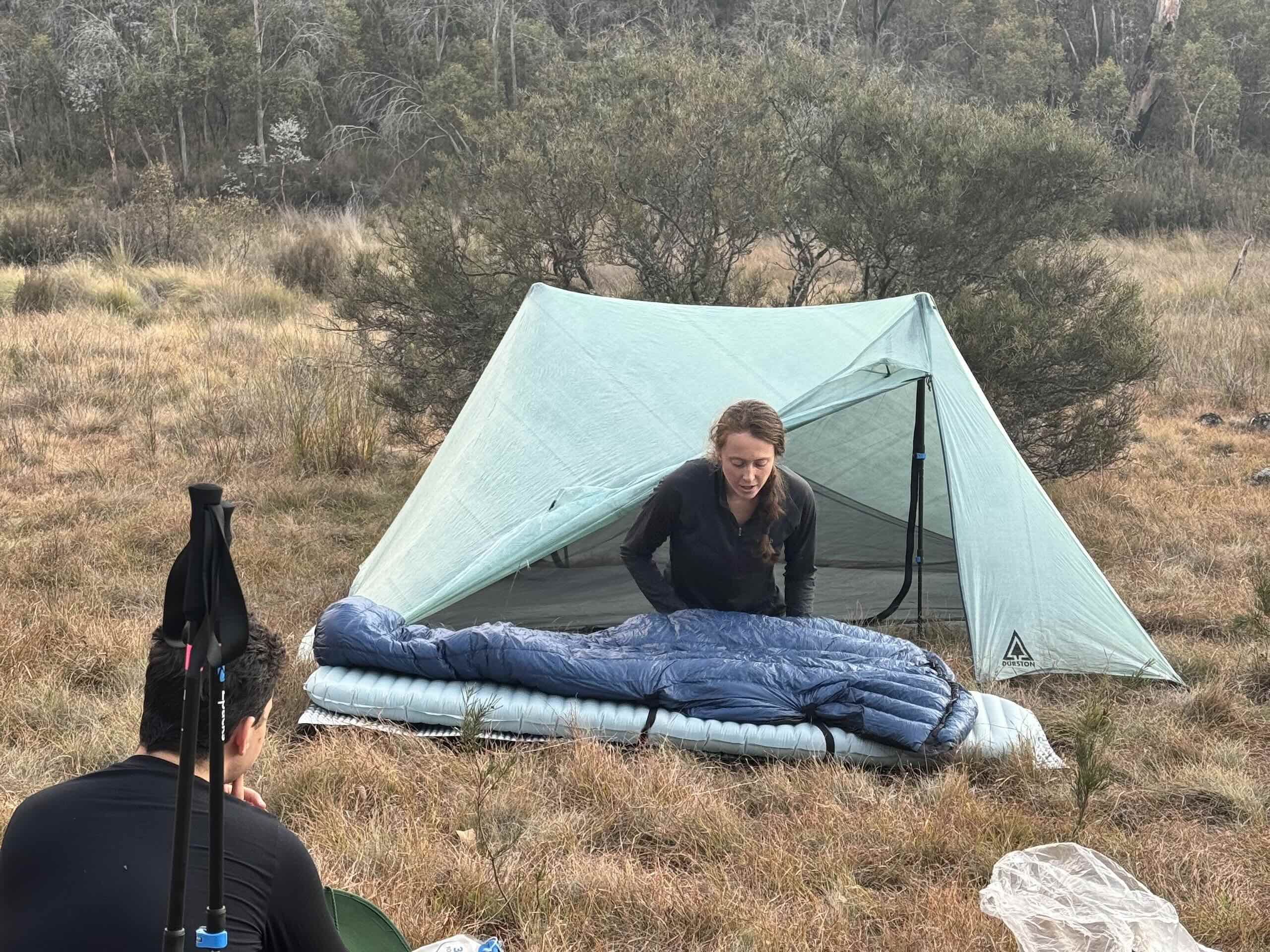
QOTA Meal Replacement Powder Review
Overview
We find that one of our biggest challenges whilst hiking is consuming enough calories. We easily get flavour fatigue, and struggle to eat when it is hot. Insufficient calorie consumption quickly results in low energy levels, and in the long term can lead to injuries and sickness.
For us, we have found that a meal replacement powder such as QOTA has helped reduce these issues. Meal replacement powders are designed to provide a balanced meal that has all of the vitamins and minerals needed in a healthy diet. As such, they have proven to be a great addition to our hiking nutrition, helping us stay on top of our calorie consumption and energy levels.
Gearing up for the Te Araroa FKT!
Testing
We purchased QOTA for:
- Tom’s self-supported FKT on the Bibbulmun Track (1,000km, 11 days 22h).
Other personal trips, including ski touring, bikepacking, and ~400km of hiking.
QOTA provided us with meals for:
- Our self-supported FKT on Te Araroa (3,030km, 54 days 14h).
We use powders from the For Everyday Health range because it has a higher carb content. The flavours we have used include Chocolate, Vanilla, Vegan, Salted Caramel, and Coffee. Our favourites are Vegan and Vanilla because they are the least flavoured.
Pros and Cons
Pros:
- Mild flavours
- Oat-based
- Nutritionally complete (vitamins and minerals)
- Provides hydration
- Long shelf life
Cons:
- You need water to consume it
- Can be hard to mix properly
- Flavours are hard to distinguish
Discussion
The benefits of QOTA meal powders
QOTA meal replacement powders have several qualities that make them an ideal trail food. One of the biggest benefits for us is the mild flavour. Whilst hiking we often experience tastebud fatigue and grow tired of anything sweet. We have found that QOTA’s plain flavours makes it easy to consume even when you don’t have an appetite.
QOTA’s mild taste is partly due to its main ingredient: whole oats. Fibrous oats are bland, gentle on our stomachs, and help prevent the sluggishness that often follows big meals.
In addition to oats, QOTA’s other main ingredients are maltodextrin, soy protein isolate and whey protein. It also has 26 essential vitamins and minerals, making it nutritionally complete. Whilst it’s not entirely clear how ‘bioavailable’ these added vitamins and minerals are, we find that drinking QOTA is the easiest way to improve our nutrition when we are on extended trips.
For hiking, we choose meals that have a macronutrient breakdown of 53% carbs, 26% protein and 21% fat. Whilst there are lower carb options available, we have not found them to be as effective. However, this is mostly down to personal preference as we generally stick to a high carb diet when hiking.
Another benefit of QOTA whilst hiking is that it provides both hydration and nutrition in one package. This is particularly helpful if you forget to drink or don’t like the taste of plain water. As a form of liquid calories, QOTA is an excellent way to stay on top of calorie consumption during the heat of the day. For us, we often struggle to consume enough calories when it is hot as our appetite is reduced and eating solid food can lead to an upset stomach.
Finally, the meal replacement powder has an impressively long shelf life. We have prepared countless servings of QOTA for both the Bibbulmun FKT and the Te Araroa FKT. On both these trips, despite being prepared up to 2 months in advance and only stored in zip lock bags, the powder did not go stale.
With QOTA’s long shelf life, these repackaged powders lasted for several months.
Areas for improvement
Despite the many benefits of QOTA, there are a few downsides we have encountered. The powder’s thick, chalky texture makes it difficult to mix evenly when hiking. This often leads to drinking clumps of powder that haven’t fully dissolved. It is important to recognise that QOTA recommends using a blender to mix the powder at home.
Another downside of using QOTA powder whilst hiking is that you need water to eat it (unless you want to eat dry powder!). For us, this can make QOTA a less desirable option when there is a long water carry. In these scenarios, we have sometimes opted not to carry the extra water to make a QOTA drink and rely on solid food instead.
Additionally, QOTA’s mild flavour could be an issue for those who enjoy variety in their meals. The different options (coffee, salted caramel, etc.) all taste quite similar to us! Whilst we don’t find this is a problem, it could be an issue for others.
Finally, there is no doubt that QOTA is more expensive than typical ‘hiker trash’ food such as 2 minute noodles. At $31.5/kg, it’s not quite as expensive as macadamia nuts, but there are lots of other hiking foods that are cheaper. However, in the realm of nutritious meals, QOTA is significantly cheaper than freeze-dried meals which are typically $100/kg.
Conclusion
We love QOTA for long hikes, but it may not suit everyone. We recommend trying QOTA if you often lack appetite, struggle to meet your nutritional needs on the trail, or simply want a convenient option when your taste buds are fatigued. Drinking your calories can be a helpful solution in these situations, and a meal replacement powder is a great way to ensure that your body is getting all the nutrients it needs.

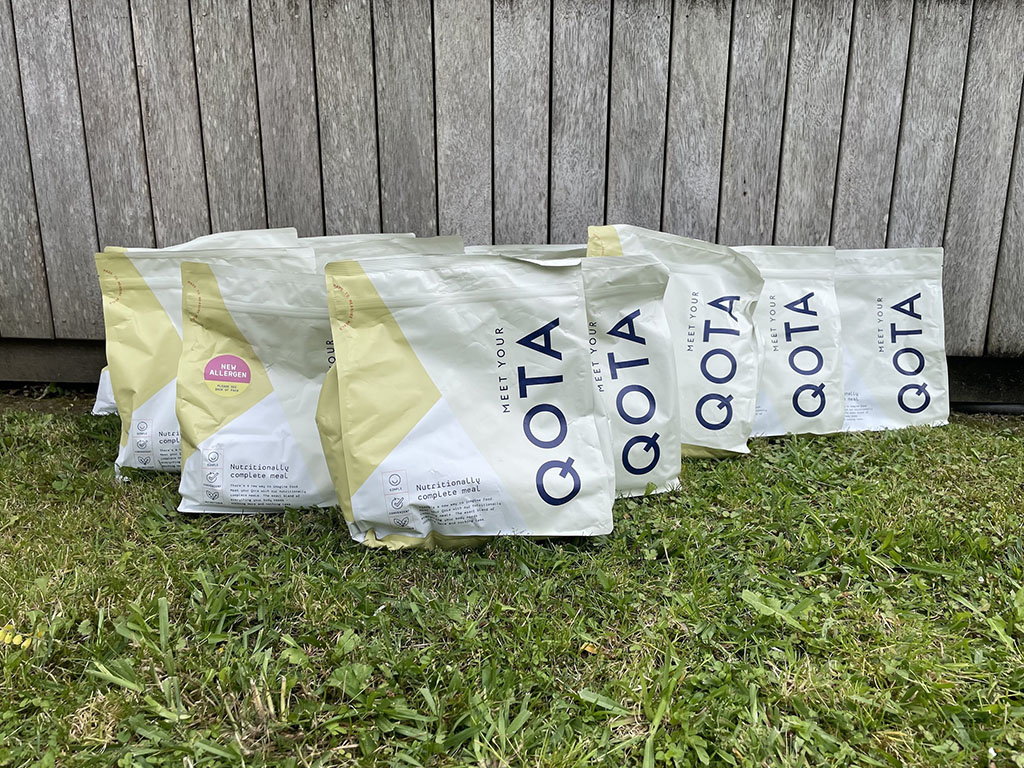
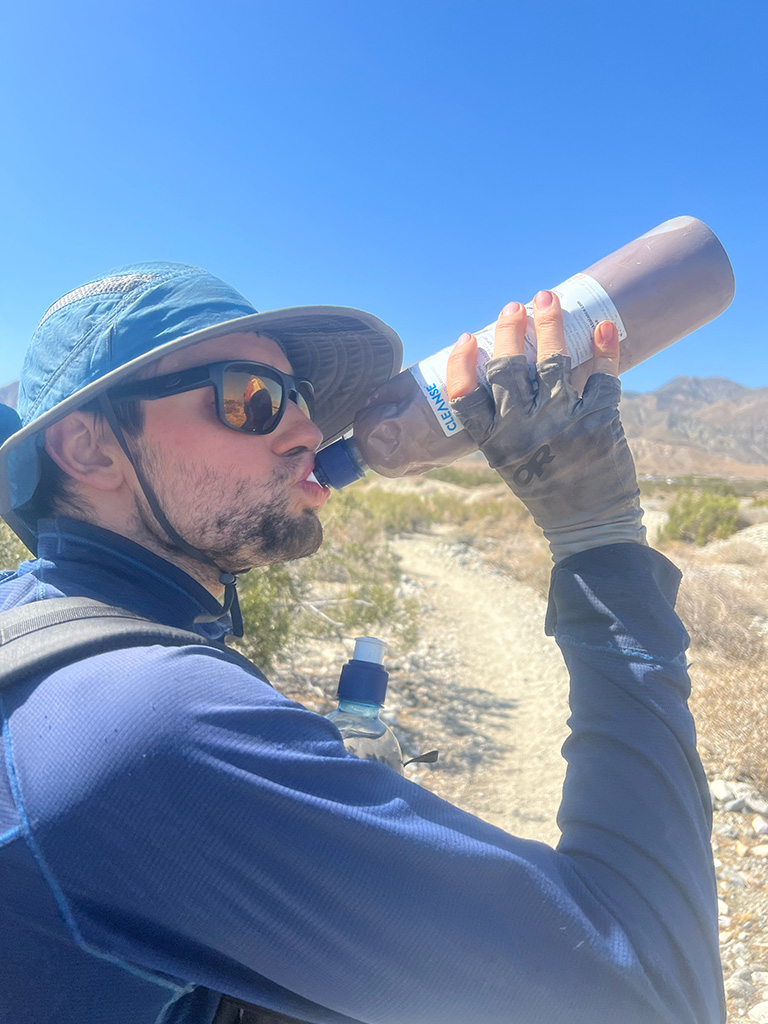
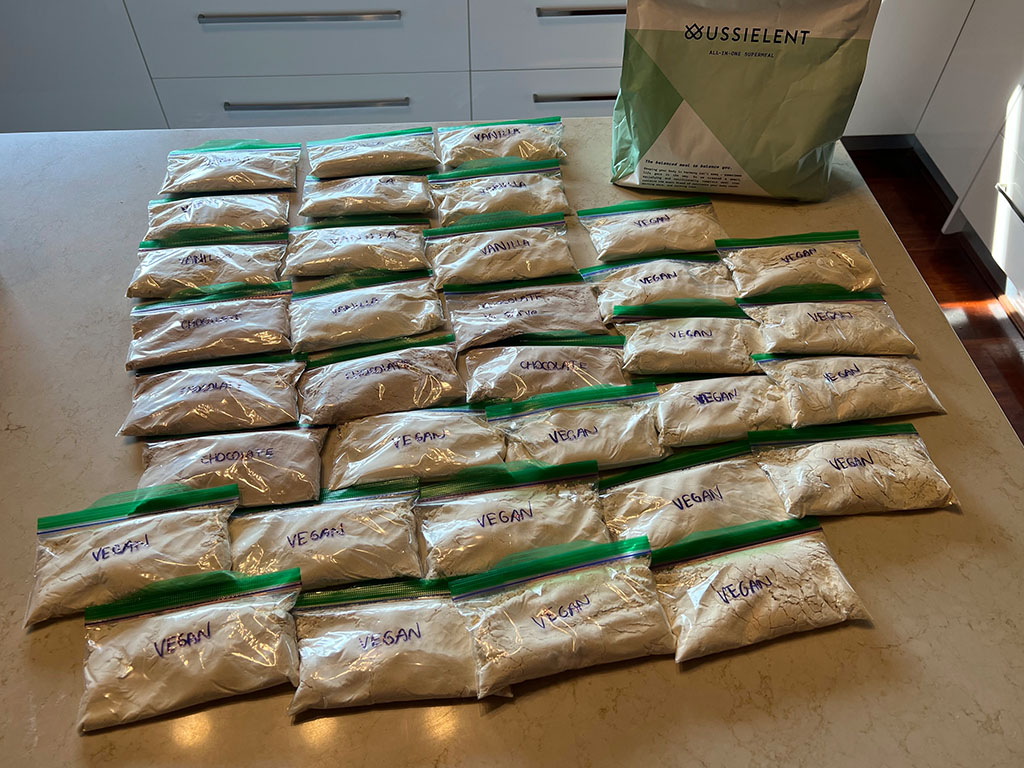
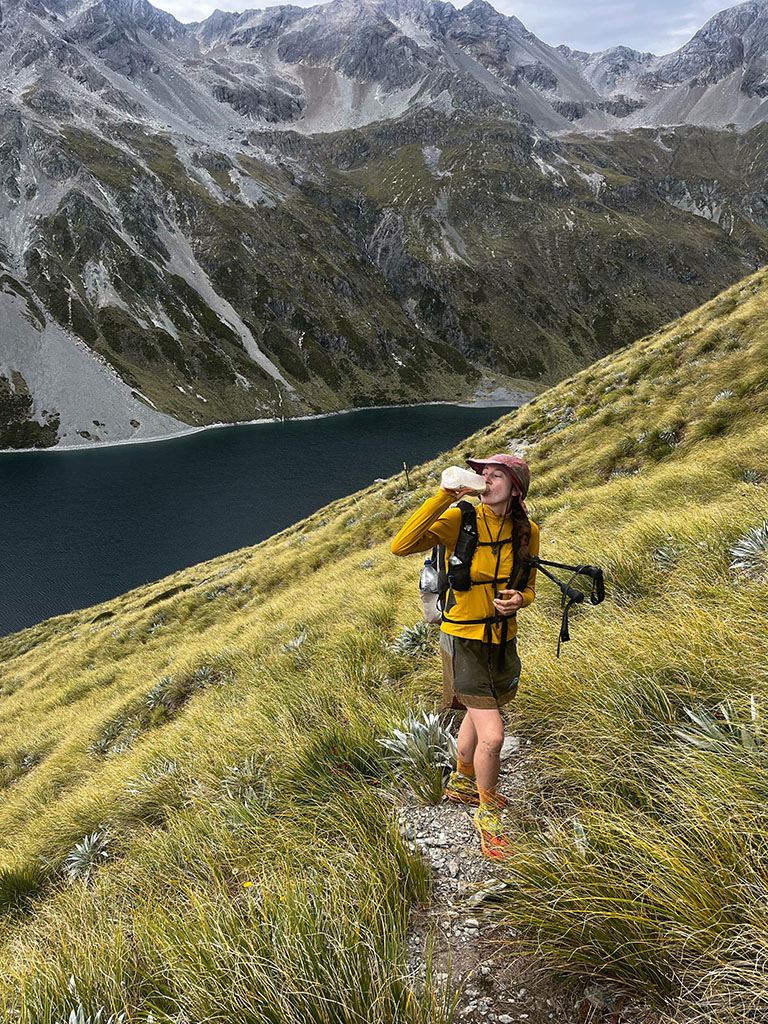


1 thought on “QOTA Meal Replacement Powder Review”
Pingback: A Hiker’s Guide to Cold-Soak Meals with Recipes Included